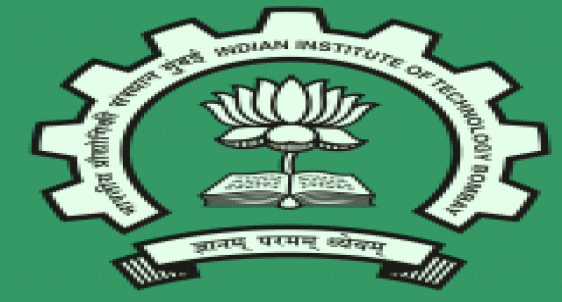
JMET 2008, the entrance exam for six IIT B-schools and IISc Bangalore’s Department of Management Studies was held on December 9, 2007. Lets know what Mumbai based IMS Learning, Hyderabad based Triumphant Institute of Management Education (TIME) and Pune based Career Forum have to say about the paper and their expected cut-offs.
The JMET 2008 paper was scheduled for 120 minutes and had a total of 150 questions. The paper was divided in 4 sections include Verbal Communication (VC); Logical Reasoning (LR); Quantitative Ability (QA) and Data Interpretation (DI).
According to experts, JMET 2008 was more difficult than last year. According to IMS Learning, “JMET is gradually increasing the calculation and reasoning element in Data Interpretation questions and making experiments with the Quantitative ability questions. The Logical Reasoning-Verbal Reasoning balance has changed drastically from last year. The focus on Reading Comprehension has gone down slightly, and that on Verbal Ability, especially grammar-based questions, has gone up a bit. Because the test was a bit more difficult than last year’s, overall cut-offs are expected to be lower”.
Section-wise analysis of JMET 2008:
Verbal Communication
According to TIME analysis, “the Verbal Communication section had questions (40) from Reading Comprehension, Grammar, Vocabulary, Analogies and Fill in the blanks. The section had a good mix of both easy and difficult questions. The RC passages were short and readable (as opposed to CAT) but like CAT, had two very close options in most cases, which made them a nightmare to negotiate. The vocabulary questions were not commonly used words which made them very difficult to answer. The Fill in the blanks and the questions based on semantics were doable and would have given opportunities to score”.
Logical Reasoning
The section had total 23 questions based on verbal reasoning (17) and on logical reasoning (16). According to IMS Learning, “In logical reasoning, the sets were time consuming. One should have given more preference to single questions while solving. In verbal reasoning, there were the usual constructs like critical reasoning and jumbled paragraphs. Several questions were similar to logical reasoning in that they required a passing knowledge of mathematical concepts”.
Quantitative Ability
There were total 40 questions in this section. The Career Forum analysis shows that “The difficulty level of this section is the same as that of last year. In Higher Maths, the questions were from Linear Programming and there were a couple of questions on matrices. All questions were in the form of caselets drawn from real life situations and were given specific titles. These could be solved using graphs and functions”.
Data Interpretation
According to TIME, “This section was very unlike the easy DI section of previous years JMET. Being different from what one was used to, the sets demanded intensive calculations which made this section moderately difficult”.
The expected overall cut-offs of IIT B-schools and all institutes IISC are:
|
Institute Name |
TIME |
Career Forum |
|
IIT-Bombay |
50+ |
61-63 |
|
IIT-Delhi |
45+ |
56-61 |
|
IIT-Kharagpur |
40+ |
53-54 |
|
IIT-Kanpur |
40+ |
51-53 |
|
IIT-Chennai |
40+ |
48-51 |
|
IIT-Roorkee |
36+ |
46+ |
|
IISC |
45+ |
54-56 |
IMS Learning is expecting overall cut-off of 50-55.


























